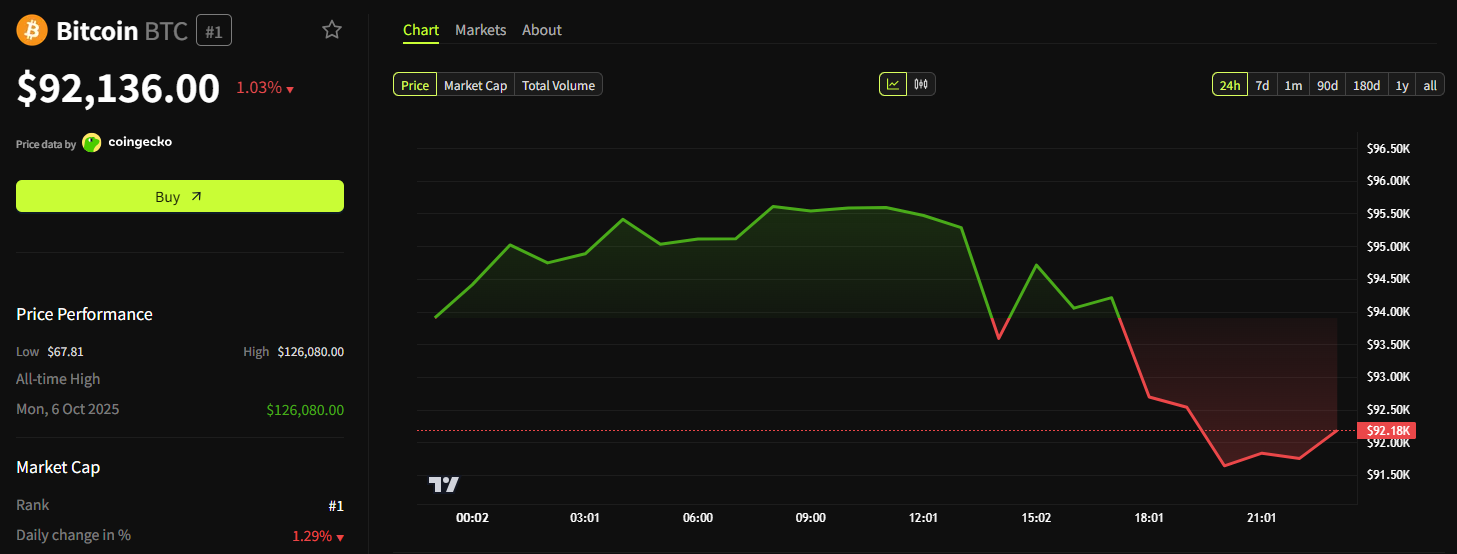Fed Focuses on Controlling Inflation Rather Than Boosting Economic Growth
- The Boston Fed urges delaying rate cuts until inflation nears 2% target, citing risks of premature easing in a still-inflationary environment. - Atlanta Fed's Bostic emphasizes inflation as the "clearer and more urgent risk" over labor market signals, reflecting hawkish policy divisions. - Fed officials consider resuming asset purchases post-October rate cut to maintain liquidity while avoiding inflationary spikes from tariffs. - Policy balancing act emerges: rate cuts could stimulate growth but risk rei
The Boston branch of the Federal Reserve has adopted a prudent stance regarding interest rate reductions, stressing the dangers of acting too soon while inflation remains a concern. In a statement issued this week, the Boston Fed reaffirmed its intention to keep the federal funds rate steady until there is "definitive proof" that inflation is moving toward the central bank’s 2% objective, referencing a
Bostic, recognized as a leading advocate for tighter policy within the Fed, has repeatedly maintained that inflation poses a "more obvious and pressing threat" than the mixed signals coming from the job market, according to a
This careful approach is also evident in the Fed’s management of its balance sheet. After lowering rates in October, central bank officials have hinted at the possibility of resuming asset purchases to ensure sufficient liquidity as economic activity picks up, according to a
The interaction of these strategies underscores the central bank’s need to strike a careful balance. While lowering rates could help spur economic growth, it also carries the risk of sparking renewed inflation, a worry encapsulated in the Boston Fed’s reference to the "inflation monster." This phrase, frequently used by policymakers, expresses concerns about a scenario where rising prices become entrenched, potentially requiring forceful intervention later, as outlined in the
As the Fed contends with these competing pressures, the future course remains unclear. With Bostic’s upcoming departure and mounting political calls for rate reductions, the central bank is under increasing scrutiny. Nevertheless, as the Boston Fed and other policy hawks warn, easing policy too soon—especially while inflationary forces persist—may pose greater risks than rewards.
Disclaimer: The content of this article solely reflects the author's opinion and does not represent the platform in any capacity. This article is not intended to serve as a reference for making investment decisions.
You may also like
Vitalik Buterin's Latest Advances in ZK Technology and Their Impact on the Crypto Ecosystem
- Vitalik Buterin's ZK advancements resolve Ethereum's scalability-privacy trilemma, enabling 43,000 TPS with near-zero fees via GKR protocol. - Kohaku framework introduces modular privacy tools like Railgun, making confidential transactions default for Ethereum wallets. - ZK rollups (zkSync, StarkNet) now hold $3.5B TVL, driven by institutional adoption for RWA tokenization and confidential settlements. - Regulatory clarity and Ethereum's zkEVM integration position ZK as core infrastructure, with 70% lowe

ZK Atlas Enhancement: Driving Blockchain Expansion and Enterprise Integration
- ZK Atlas Upgrade (2025) boosts blockchain scalability with 30,000 TPS and 70% lower gas costs via Airbender proof system. - Modular ZKsync OS reduces Ethereum fees by 90%, enabling $3.5B TVL growth in ZK rollups for DeFi and RWA tokenization. - U.S. GENIUS Act and EU MiCA regulation legitimize ZK privacy tech, attracting $15B in Bitcoin ETF investments for institutional adoption. - Despite regulatory scrutiny and interoperability challenges, ZK Atlas positions as foundational infrastructure for high-thro

Crypto Bloodbath: Bitcoin Loses $92K: Ethereum Slips $3K — Worst Drop in Months

Asia Morning Briefing: Even Prediction Markets Didn’t See Bitcoin’s Selloff Coming